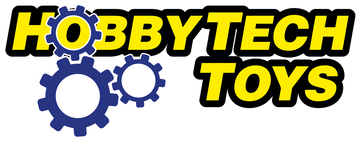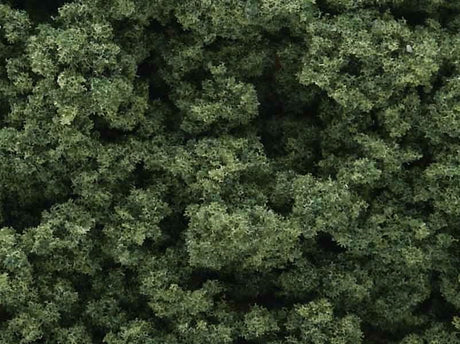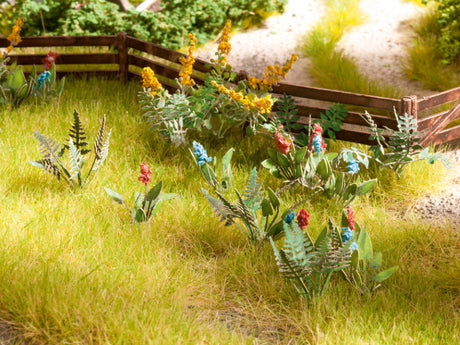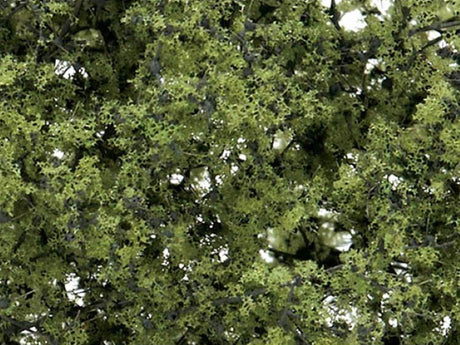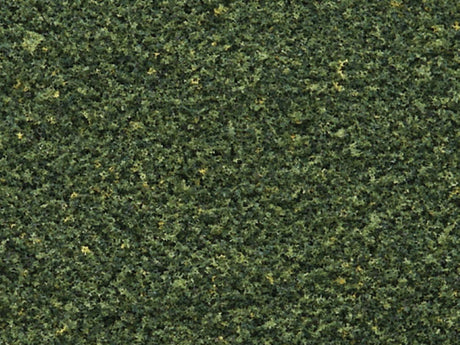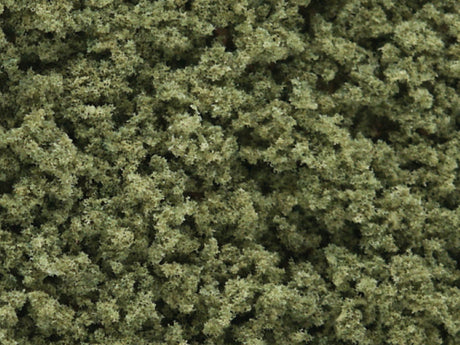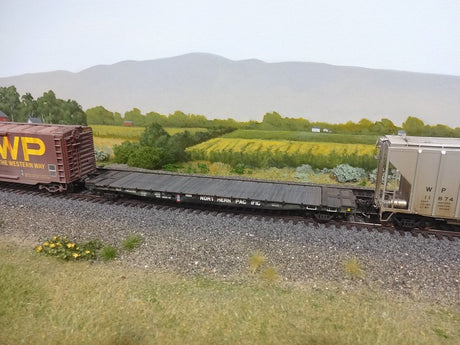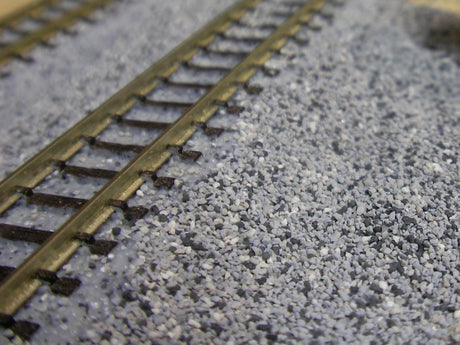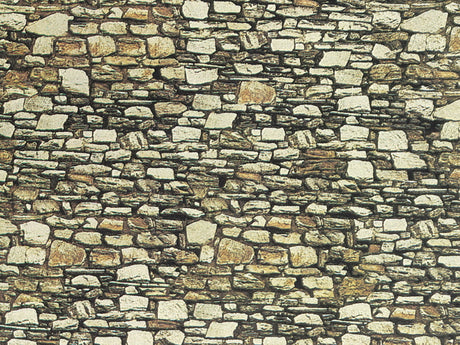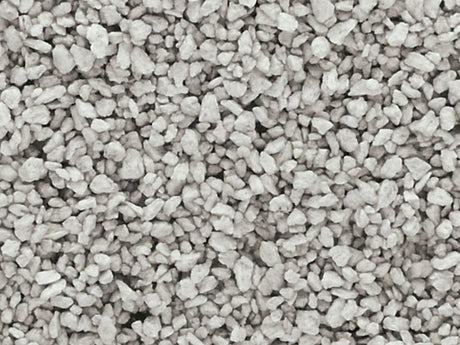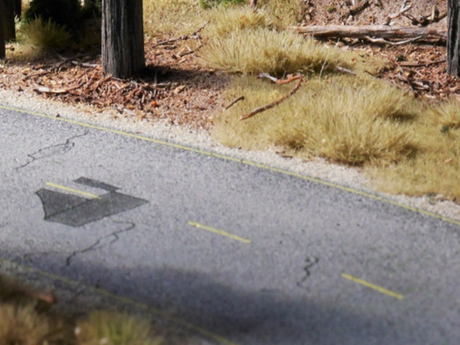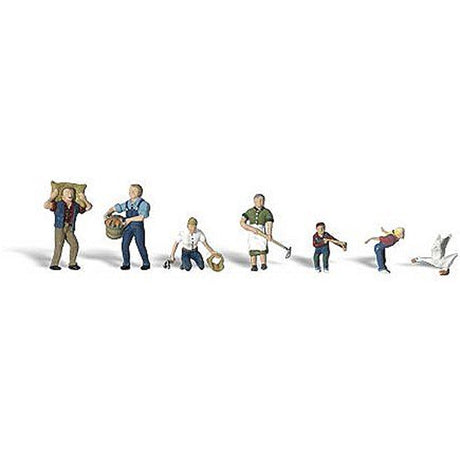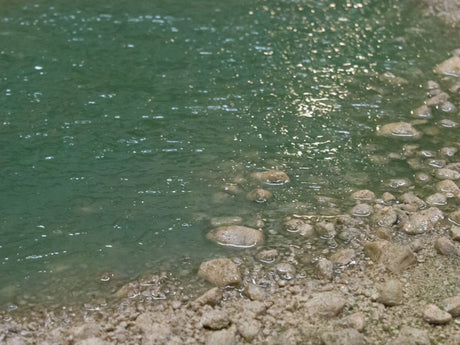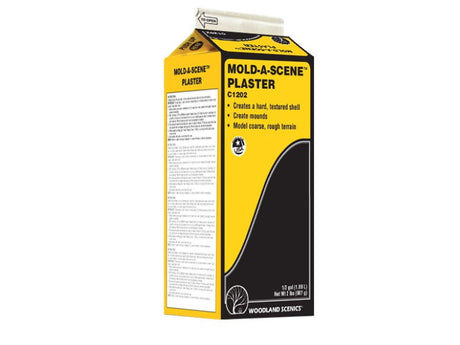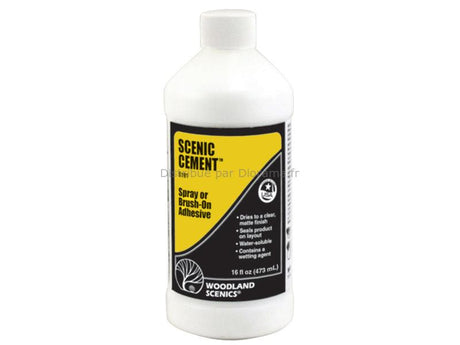Scenery For Models
Elevate your model railroad scenery with our diverse range of accessories and supplies. Create realistic landscapes with materials such as ballast, foliage, and turf, while adding depth with rocks, trees, and water effects. Enhance urban scenes with bricks, paving, and roads, and bring industrial areas to life with coal and talus. Complete your layout with scenic backdrops, figures, and adhesives for secure installation. Whether you're detailing forests, cities, or rural landscapes, our scenery kits and materials ensure authenticity and creativity in every scene.
